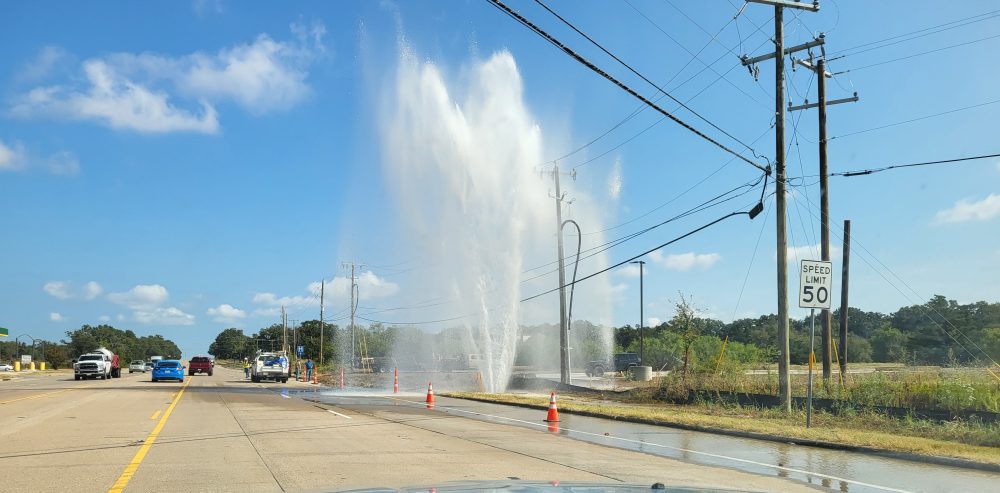Prop 4 On November Ballot Will Prop Up Texas’ Water Infrastructure
October 17, 2025 – With the November 2025 election approaching, Texas voters will consider Proposition 4, a constitutional amendment intended to steer billions into statewide water infrastructure efforts—just as the state grapples with explosive growth in data centers and their consequential water demands.
Proposition 4 would direct up to $1 billion per year of existing sales tax revenues—after the first $46.5 billion is collected—into a dedicated Texas Water Fund, beginning in 2027 and extending through 2047. The fund, administered by the Texas Water Development Board (TWDB), would support projects for new water supplies, aging infrastructure repair, flood control, and conservation. At least half the funds must go toward expanding water capacity—such as reservoirs, desalination, aquifer storage, and reuse systems.
Backers argue Proposition 4 provides essential, stable financing without raising taxes and helps close a long-projected water funding gap of more than $154 billion by 2050. A coalition of over 50 business, water, and civic groups has rallied in support.
The timing of Prop 4 is especially relevant given Texas’s booming data center sector, which places new pressure on water systems. Data centers—used for cloud computing, AI, and digital services—often require substantial water for cooling. In Texas’s Hill Country and Central Texas, utilities are already negotiating water rights and usage agreements for new facilities. Although some data centers use closed-loop cooling or air systems to reduce consumption, many still require water access that competes with municipalities, agriculture, and environmental needs.
If approved, Proposition 4 could give state planners a more reliable fiscal tool to invest in water infrastructure that accommodates both population growth and the water-intensive needs of digital industry. But success hinges not just on passage by voters, but on effective oversight, project prioritization, and balancing the needs of urban, rural, and industrial users.







